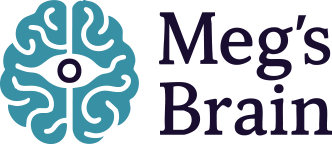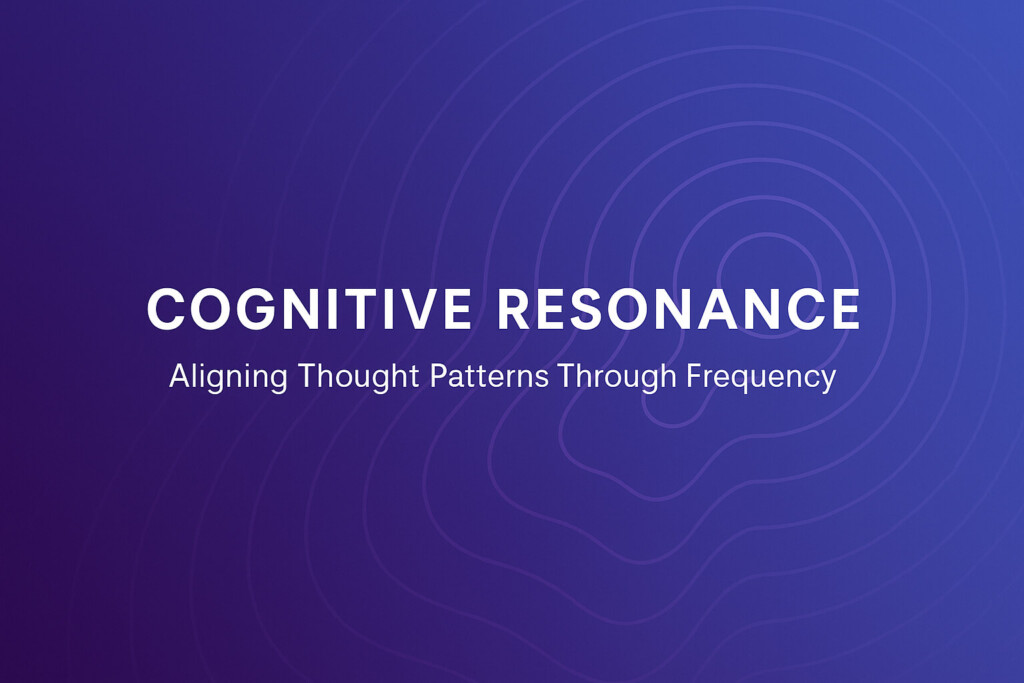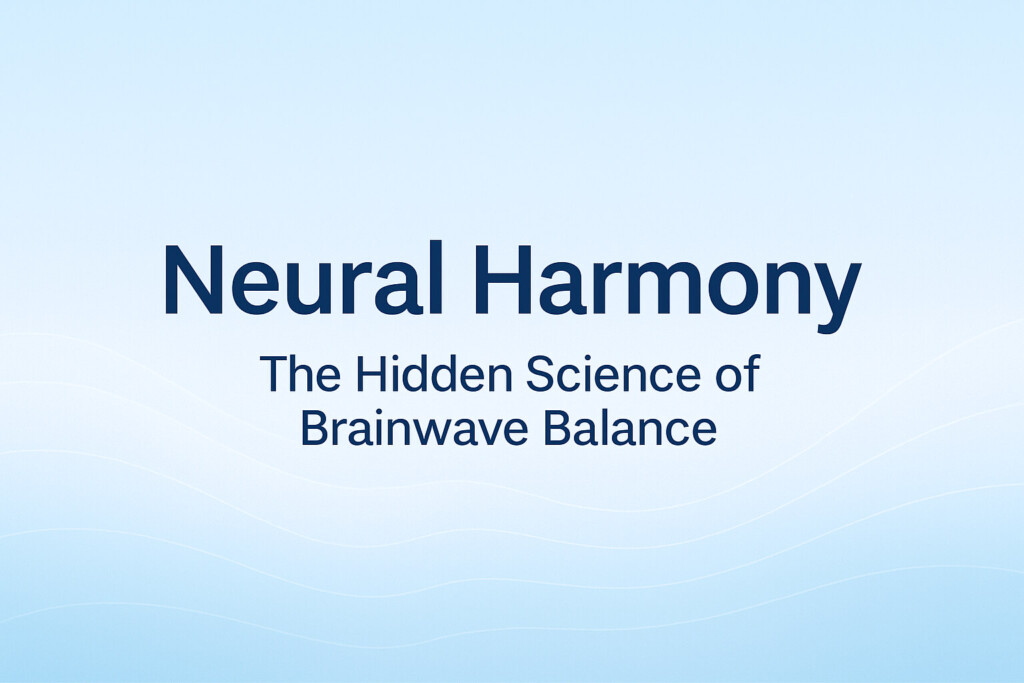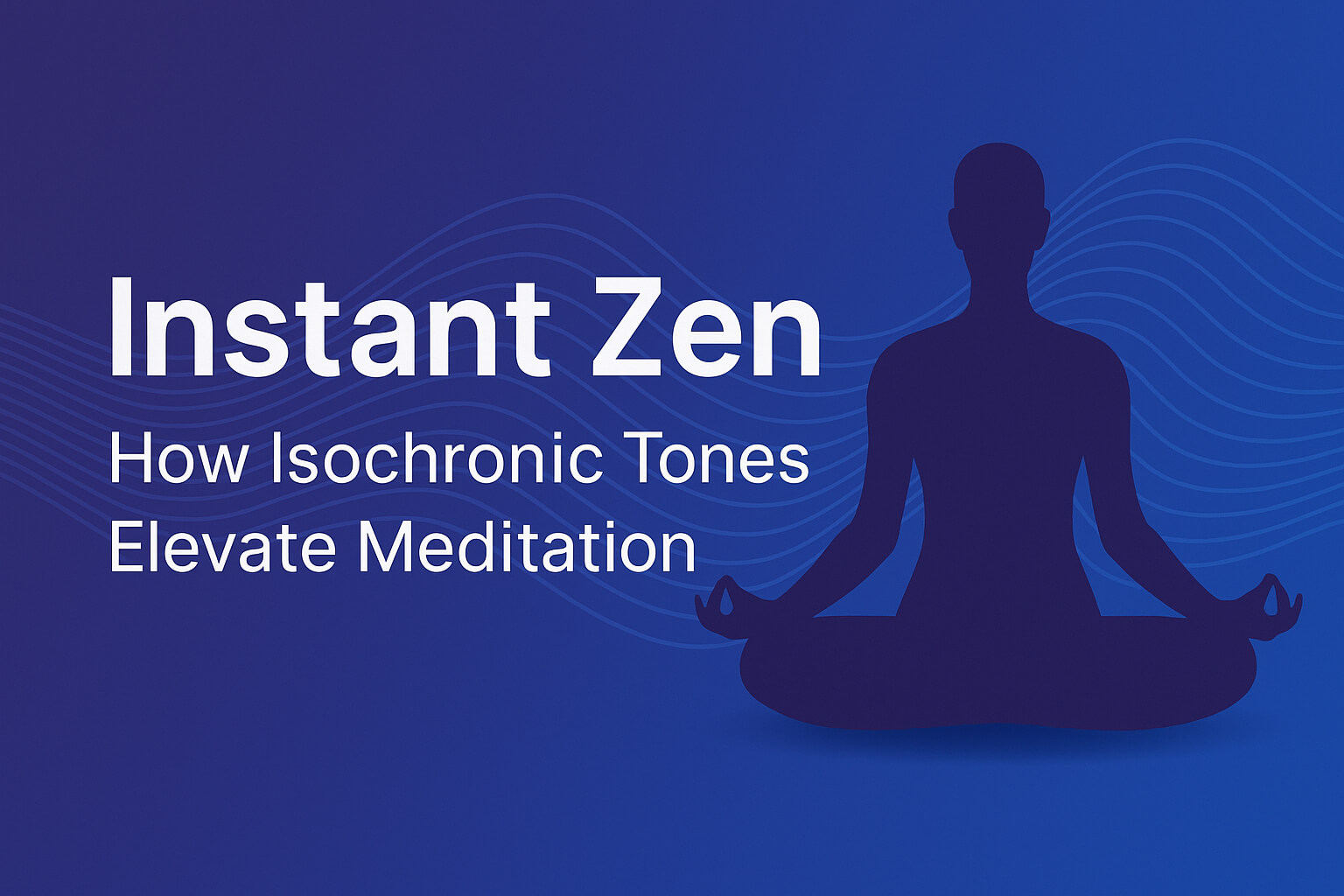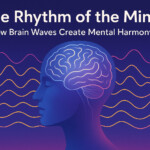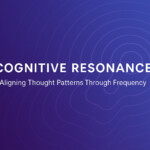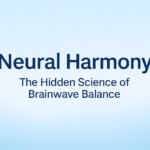Now Reading: Do Binaural Beats Really Work? Myth vs Reality
- 01
Do Binaural Beats Really Work? Myth vs Reality
Do Binaural Beats Really Work? Myth vs Reality
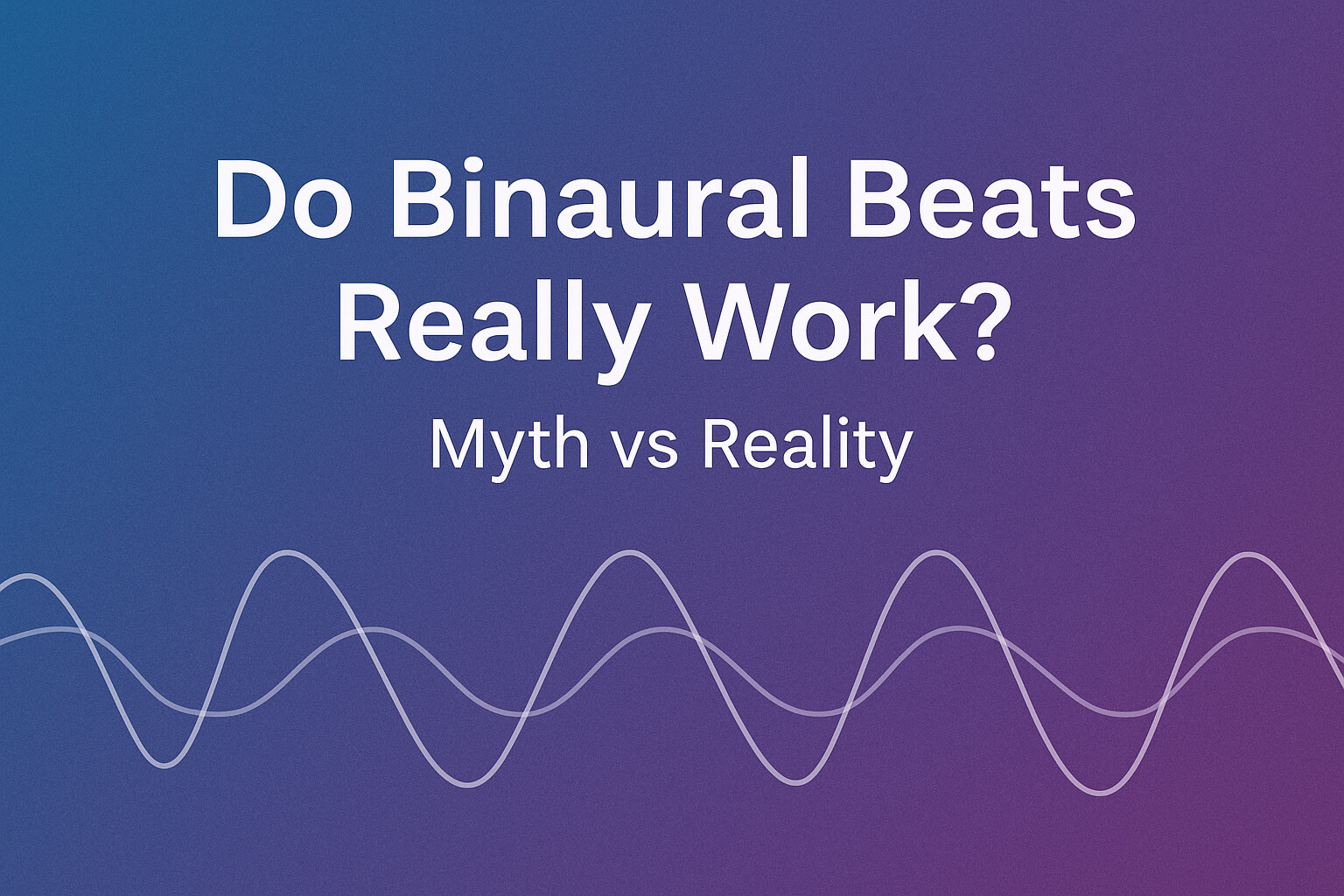
🎧 Introduction
Binaural beats are everywhere — YouTube playlists, meditation apps, and even productivity hacks.
They promise to improve focus, sleep, creativity, and more.
But here’s the question: Do binaural beats really work — or is it all hype?
Let’s cut through the myths and reveal what science actually says.
🧠 What Are Binaural Beats, Really?
Binaural beats occur when two slightly different tones are played separately in each ear.
Your brain processes the difference as a rhythmic beat — a kind of “third tone” — which influences your brainwave patterns.
For example:
200 Hz in one ear and 210 Hz in the other produces a 10 Hz beat.
That 10 Hz falls within the Alpha range, associated with calm focus.
This process is called brainwave entrainment, and it’s the foundation of modern neuroacoustic therapy.
🔬 The Science: What Studies Show
Scientific research offers promising — but realistic — insights:
✅ Confirmed benefits:
Improved focus and relaxation (Alpha and Theta ranges)
Reduced anxiety and stress levels
Enhanced creativity and memory retention
⚠️ Limitations:
Not all frequencies work the same for everyone.
Effects are stronger with consistent use, not one-time sessions.
Sound quality and headphone precision matter.
In short: binaural beats are not magic, but measurable tools for influencing mental states.
🧩 Myth vs Reality
| Myth | Reality |
|---|---|
| “Binaural beats instantly change your life.” | They gradually guide your brain into desired states — results come with consistency. |
| “All binaural beats work for everyone.” | Different people respond to different frequencies and durations. |
| “You don’t need headphones.” | Headphones are essential, as each ear must receive a distinct tone. |
| “They’re just placebo.” | EEG studies show real neural synchronization during exposure. |
Transition words like however, therefore, and moreover highlight the balance between scientific validation and realistic expectations.
🎶 How to Get the Best Results
To experience the full benefits, approach binaural beats as part of a daily mental routine:
Choose your goal: focus, creativity, sleep, or relaxation.
Pick the right frequency range:
Alpha (8–12 Hz) → focus, calm
Theta (4–7 Hz) → creativity, deep relaxation
Delta (0.5–4 Hz) → sleep and recovery
Use quality stereo headphones.
Listen for 15–30 minutes daily.
Avoid distractions — close your eyes and breathe naturally.
🔮 The Genius Wave Difference
While many online tracks use generic frequencies, Genius Wave uses neuroacoustic layering — a multi-frequency approach combining binaural, monaural, and isochronic tones.
Each track is engineered for specific outcomes, such as:
Focus and clarity
Stress reduction
Sleep optimization
Subconscious alignment
This is what makes Genius Wave stand out: it’s not guesswork — it’s scientifically structured entrainment.
🧘 Final Thoughts
So, do binaural beats really work?
Yes — when used correctly and consistently.
They won’t instantly “hack” your brain, but they train it — helping you master your mental state, one session at a time.
Sound alone can’t change who you are, but it can change how your mind performs.
And that’s where transformation begins.
👉 Related read: The Role of Brain Nutrition in Enhancing Memory and Mental Clarity for more insights on brainwave focus and mental clarity.
